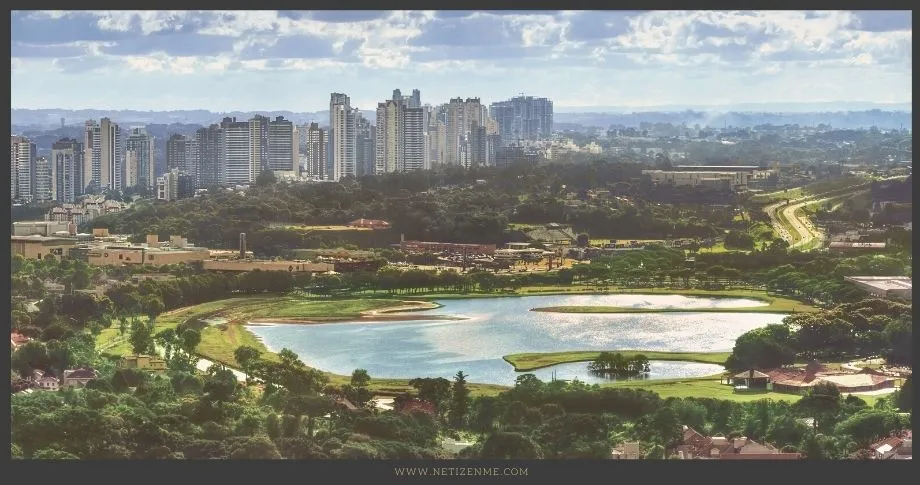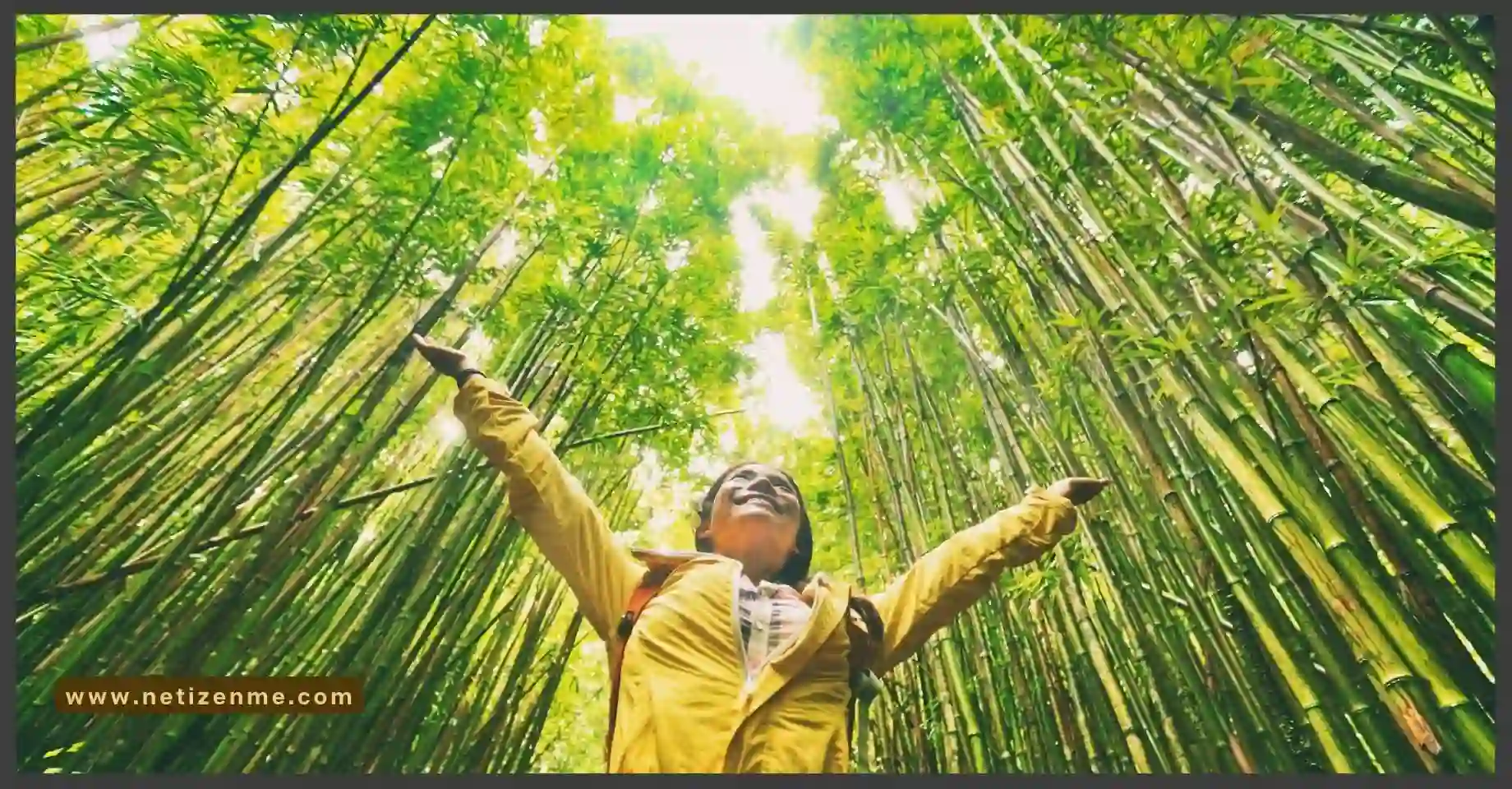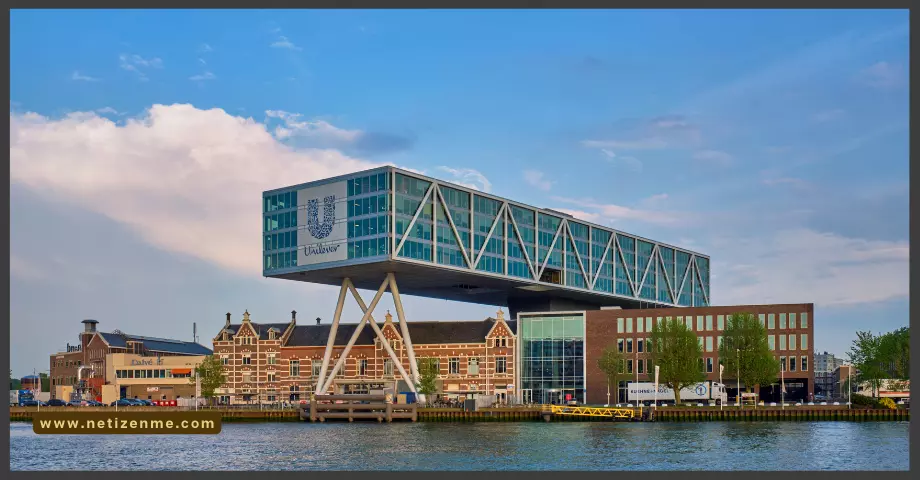The city of Curitiba as a model of sustainable urban development
This is the success story of the Sustainable City of Curitiba. A Model of Sustainable City Growth and Quality Urban Planning.
The origins of the city of Curitiba
The origins of the city date back to the 17th century when it was a popular destination for gold-seeking miners. The unsuccessful gold mining eventually gave way to cattle herding during the early 18th century (02) due to the agricultural success the region started to enjoy. Within the 19th century (02), it became the official capital city of the Parana state in Southern Brazil, a state famous worldwide for the magnificent Iguacu falls along the border with Argentina. It also saw an influx of migrants, both foreign and local, into the region towards the century’s end and this continued well into the 20th century.
How is Curitiba Brazil a sustainable city?
The 1940s saw an unprecedented era of economic growth owing largely to agriculture. At its peak in the 1960s (03), the Parana state produced 1/3 of the world’s coffee. The initial population boom in the ’40s led to the hiring of French Architect Alfred Agache. He reorganized the traffic flow and broadened the sewer system (02). However, the ’60s saw another exponential boom in population leading to the call for proposals on further development by the then Mayor, Ivo Arzua. Then, a Jamie Lerner-led team of young architects and planners from the Federal University of Parana stepped up to the challenge. They started the excellent project of the city’s remodelling as it’s seen today.
Successive innovations from this era counting down to the present period have created a city with an efficient transport system using the Bus Rapid Transit System operating on a Trinary system basis. The roads are arterial in a way that there are wide lanes for the 2-3 length buses. The ticket price is the same regardless of the distance! Likewise, various pedestrian-only and bike-only routes run through the city.
Due to excessive flooding, a greenbelt has been cultivated around the city making the city one of the greenest in the world (04). As it stands, over 70% of trash in the city is recycled. This is made possible through trash exchange programs available to children and the less privileged.
City of Curitiba is one of the greenest in the world.
The Ecologist
What is sustainable development in urban planning?
Sustainable development is a term that is used to describe the development of an area in an environmentally and socially responsible way. This type of development takes into account the needs of the present generation without compromising the ability of future generations to meet their own needs. In urban planning, sustainable development is often achieved through the use of green infrastructure, which is designed to protect and restore the natural environment.
How can we make a sustainable city model?
A sustainable city model is one that meets the needs of the present generation without compromising the ability of future generations to meet their own needs. In other words, it is a city that can be maintained indefinitely without damaging or depleting the resources it relies on. To achieve this, cities need to be designed and managed in a way that minimizes their environmental impact while maximizing their residents’ quality of life. This can be done through a variety of means, such as increasing the efficiency of transportation and waste management systems, promoting the use of renewable energy, and encouraging green space and urban agriculture.
What are the 5 key characteristics of sustainable cities?
There are many factors to consider when planning for a sustainable city.
The five key characteristics are:
- Population density,
- Green space,
- Public transportation,
- Walkability, and
- Mixed-use development.
Population density is important because it helps to reduce the amount of resources that each person in the city consumes. Green space is important for providing residents with access to nature and helping to improve air quality. Public transportation helps to reduce traffic congestion and pollution, while also making it easier for people to get around the city. Walkability is important for improving public health and reducing traffic congestion. Mixed-use development helps to create a more vibrant and lively city by mixing different types of uses (residential, commercial, etc.) in one area.
What makes a good sustainable city?
A good sustainable city is one that can provide its citizens with the necessary resources to live without damaging the environment. The city must have a well-designed infrastructure that can efficiently provide services like water, waste management, and transportation. It should also have green space for residents to enjoy and promote a healthy lifestyle. Lastly, the city must be able to adapt to the changing needs of its citizens over time.
What are other examples of sustainable cities?
Curitiba has been successful in reducing traffic congestion and pollution, while also improving the quality of life for residents.
Another example is Freiburg, Germany, which is known for its commitment to renewable energy. The city has a large solar panel installation on the roof of its main railway station, and also uses geothermal energy to heat and cool buildings.
Amsterdam has a well-developed public transportation system that includes an extensive network of bicycle lanes. The city also has a policy of using green space to buffer against noise and pollution from roads.
Another example of a sustainable city is Copenhagen, Denmark. Copenhagen has a district heating system that supplies heat to buildings using renewable energy sources. The city also has an extensive bicycle infrastructure, which makes it easy for residents to get around without using a car.
San Francisco has a number of sustainability initiatives in place, including a goal to become zero waste by 2020. Oslo, Norway; and Vancouver, Canada have implemented practices such as green transportation, energy-efficient buildings, and waste reduction.
Sustainability is key in this success story and should the city continue to embrace its multicultural diversity and foster its legacy for future generations, the possibilities for growth are limitless.
Read More about the sustainable city of Curitiba:
- Encyclopedia Britannica. 2020. Curitiba | History, Population, & Facts.
- Pbs.org. 2020. FRONTLINE/WORLD Fellows. Brazil – Curitiba’s Urban Experiment. Master Plan: History | PBS.
- 2020. Curitiba Case Study. [ebook] Washington, p.3. Retrieved 27 October 2020 from
- Manczyk, A., 2020. The 10 Greenest Cities In The World. [online] Culture Trip. Retrieved 27 October 2020 from
This article is written by:
This article is written and edited by in-house writers and editors. Knowledge Netizen editorial team is committed to providing accurate and informative content. You can cite our articles under the author name "NetizenMe"




